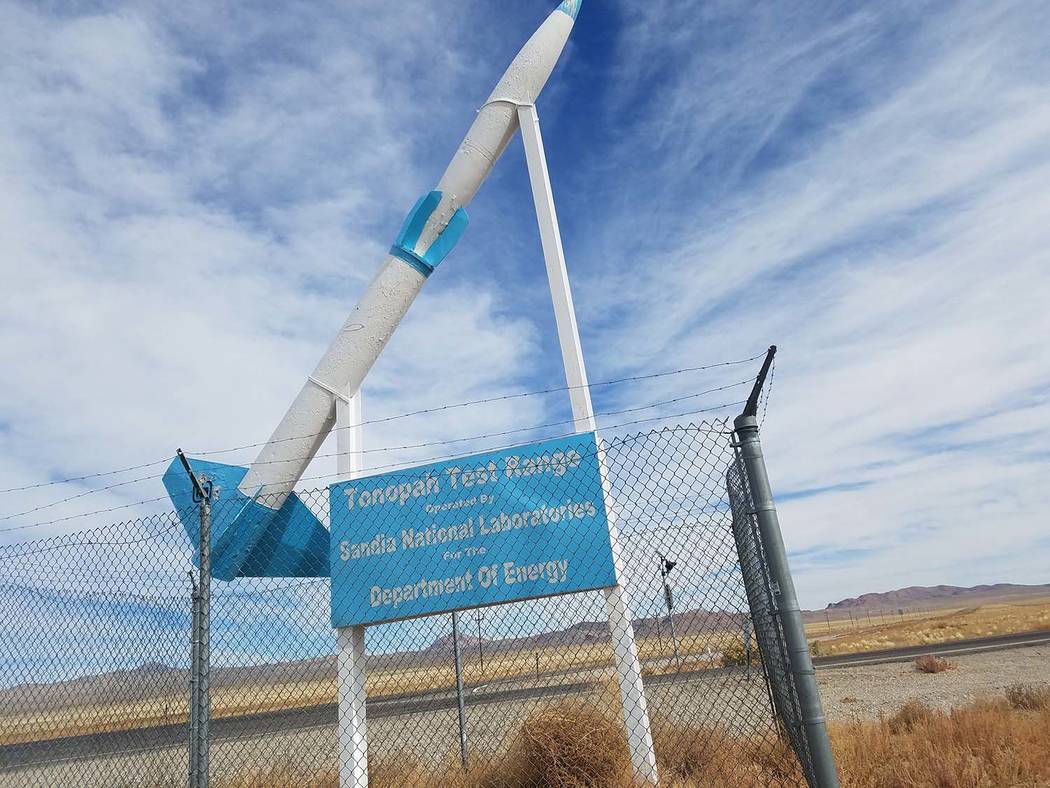
The cleanup work at the Tonopah Test Range is off to a late start, U.S. Department of Energy officials said.
As a result of the Department of Energy’s procurement process, the cleanup activities at the site will begin in September rather than in July, as originally planned.
Kelly Snyder, public affairs specialist for the DOE at the Nevada site office, said the procurement process used for Environmental Management activities follows the regulations contained in the Federal Acquisition Regulations and Department of Energy guidance.
“It is a structured process to ensure fair competition and pricing. The rescheduling of activities until the fall allowed for the competitive purchase of materials and equipment that improved worker safety without impacting baseline schedules,” Snyder said.
Packaging and transporting the waste in the fall versus the summer is not significantly different, Snyder said.
“More moderate weather conditions in the fall are a benefit to worker comfort and general work conditions,” Snyder said.
The U.S. Department of Energy plans to remove 5,000 cubic feet of low-level waste from the Tonopah Test Range as part of the cleanup effort.
The soil at the Tonopah Test Range was contaminated by plutonium after operation Clean Slate II experiments were designed to determine if nuclear weapons could be accidentally set off and produce a nuclear yield.
The Energy Department’s environmental management Nevada Program has conducted cleanup activities at the Tonopah Test Range since 1996. In the late 1990s, approximately 7,400 cubic yards of radioactive contaminated material was removed and disposed of at the Nevada Test Site, now known as the Nevada National Security Site.
Officials said most of the plutonium contamination at the Clean Slate II site is at the surface or within five centimeters of the surface, however, some potentially contaminated debris is buried at an estimated depth of one meter.
Officials said the DOE’s Environmental Management Nevada Program conducts restoration work and long-term monitoring activities on the Tonopah Test Range on a routine basis.
“Restoration work can include physical cleanup, radiological surveys, monitoring, and site inspections,” Snyder said.
The last shipment of waste from the Tonopah Test Range to the Nevada National Security Site occurred in August 2016 consisting of approximately 13 cubic meters of low-level waste from site characterization activities.
The Tonopah Test Range is about 50 miles southeast of Tonopah.
Contact reporter Daria Sokolova at dsokolova@pvtimes.com. On Twitter: @dariasokolova77